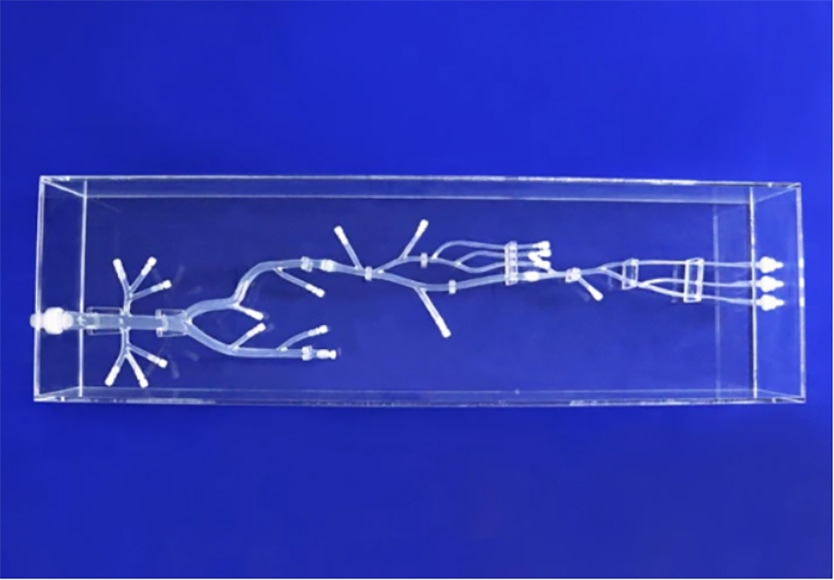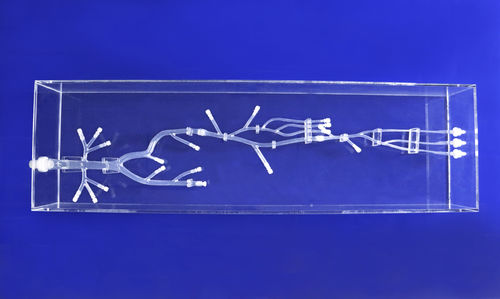
#Industry News
Peripheral Arterial Disease (PAD): Understanding and Managing a Common Vascular Condition
Lower Extremity Artery II
Peripheral Arterial Disease (PAD) is a prevalent vascular condition that affects millions of individuals worldwide. It is characterized by a narrowing or blockage of the arteries that supply blood to the extremities, primarily the legs. This article provides a concise overview of PAD, including its causes, symptoms, diagnosis, and management options.
Causes and Risk Factors:
PAD commonly occurs due to atherosclerosis, a condition characterized by the buildup of fatty deposits, called plaques, within the arterial walls. These plaques restrict blood flow by narrowing or blocking the arteries. Several risk factors contribute to the development of PAD, including:
1.Smoking: Tobacco use is a significant risk factor for PAD, as it damages the inner lining of blood vessels and accelerates the progression of atherosclerosis.
2.Diabetes: People with diabetes are more prone to developing PAD due to elevated blood sugar levels that can damage blood vessels and promote atherosclerosis.
3.Hypertension: High blood pressure increases the strain on arterial walls, contributing to the development and progression of PAD.
4.High cholesterol: Elevated levels of LDL (bad) cholesterol and reduced levels of HDL (good) cholesterol can lead to the formation of arterial plaques.
Symptoms and Complications:
The most common symptom of PAD is intermittent claudication, which manifests as pain, cramping, or fatigue in the leg muscles during physical activity. Other symptoms include:
1.Rest pain: Severe pain in the legs, feet, or toes that occurs during periods of rest or when lying down.
2.Non-healing wounds: Reduced blood flow to the extremities can impair the healing process, leading to the formation of chronic wounds or ulcers.
3.Cold feet: Decreased blood flow can cause a sensation of coldness in the feet and lower legs.
If left untreated, PAD can result in serious complications, such as non-healing wounds, infections, and even limb-threatening ischemia.
Diagnosis and Management:
Diagnosing PAD typically involves a combination of medical history assessment, physical examination, and specialized tests, including:
1.Ankle-brachial index (ABI): This non-invasive test compares blood pressure measurements in the arms and ankles to assess blood flow in the legs.
2.Doppler ultrasound: This imaging technique uses sound waves to evaluate blood flow through the arteries and detect any obstructions.
Management of PAD aims to relieve symptoms, prevent disease progression, and reduce the risk of complications. Treatment options include:
1.Lifestyle modifications: Making healthy lifestyle choices, such as smoking cessation, regular exercise, and a heart-healthy diet, can help manage PAD and improve overall cardiovascular health.
2.Medications: Medications to manage PAD may include antiplatelet drugs, cholesterol-lowering medications, and medications to control blood sugar and blood pressure levels.
3.Interventional procedures: In severe cases, endovascular interventions such as angioplasty or stenting may be recommended to open up blocked arteries and restore blood flow.
4.Exercise therapy: Supervised exercise programs can help improve symptoms and increase walking distance in individuals with PAD.





